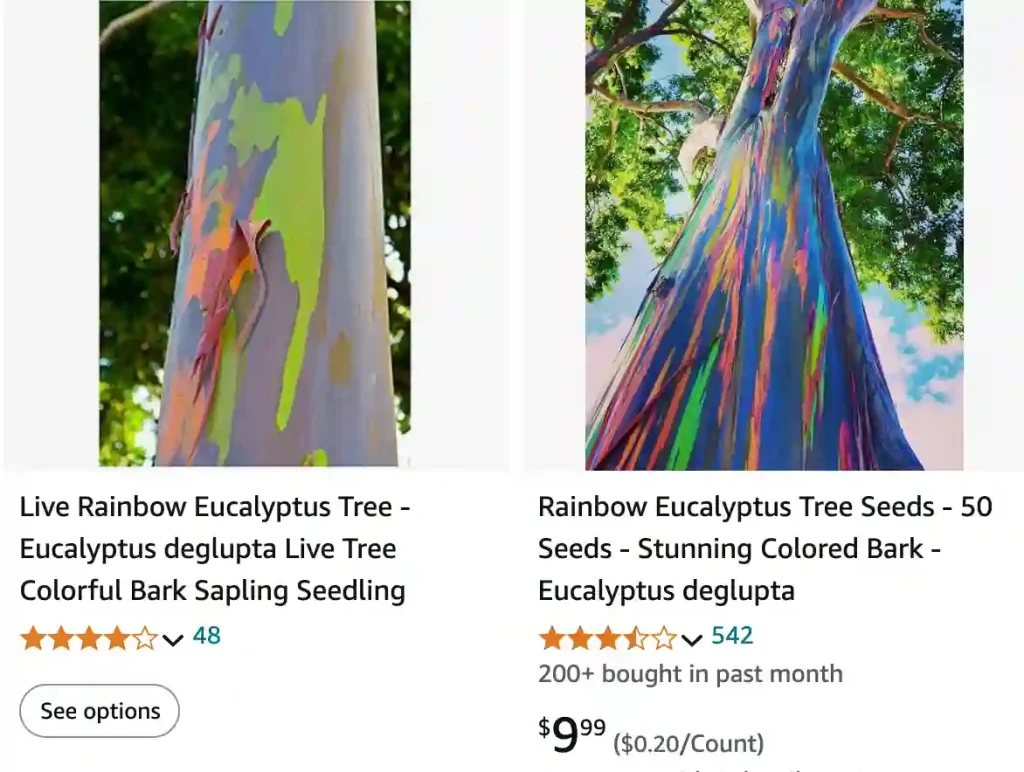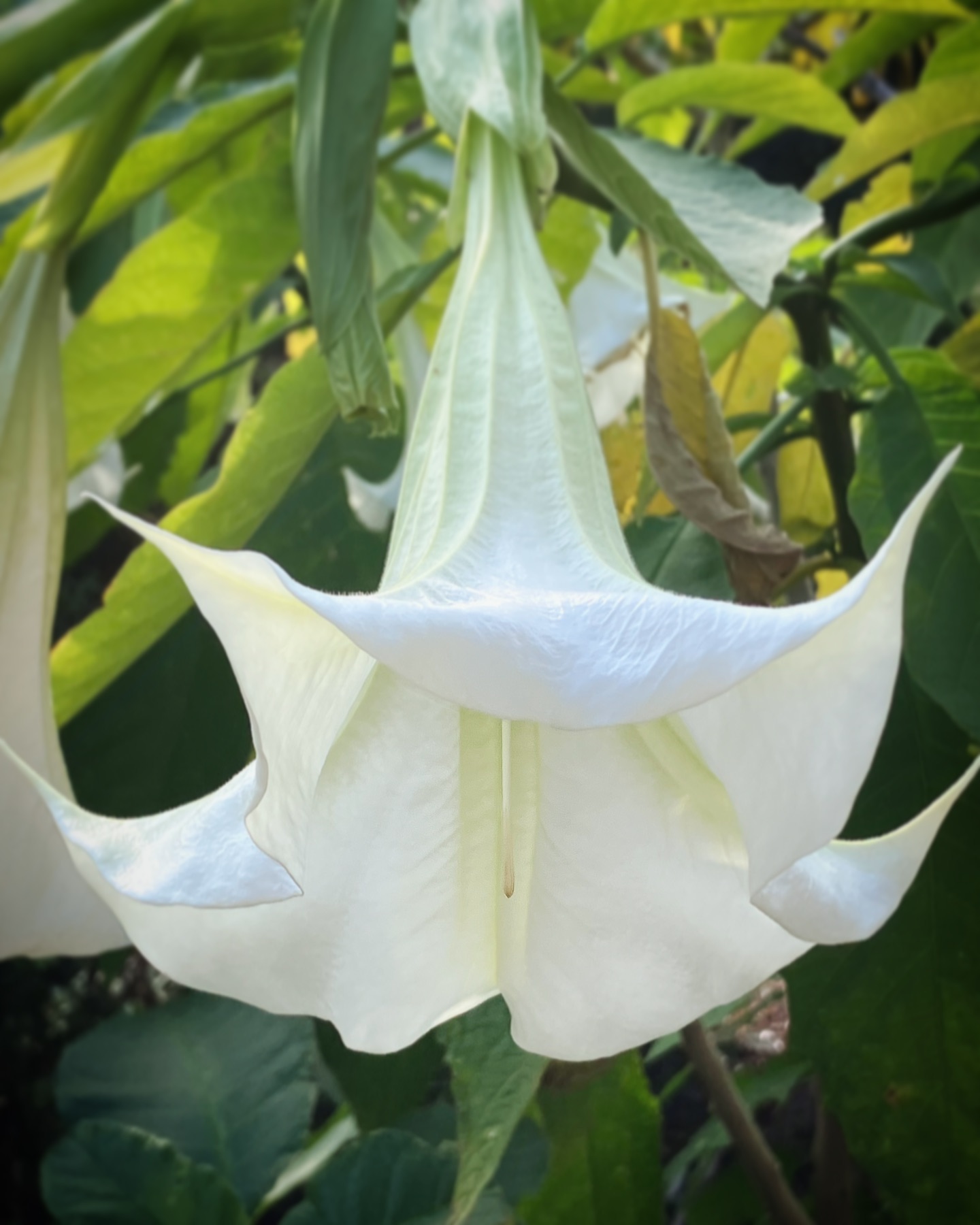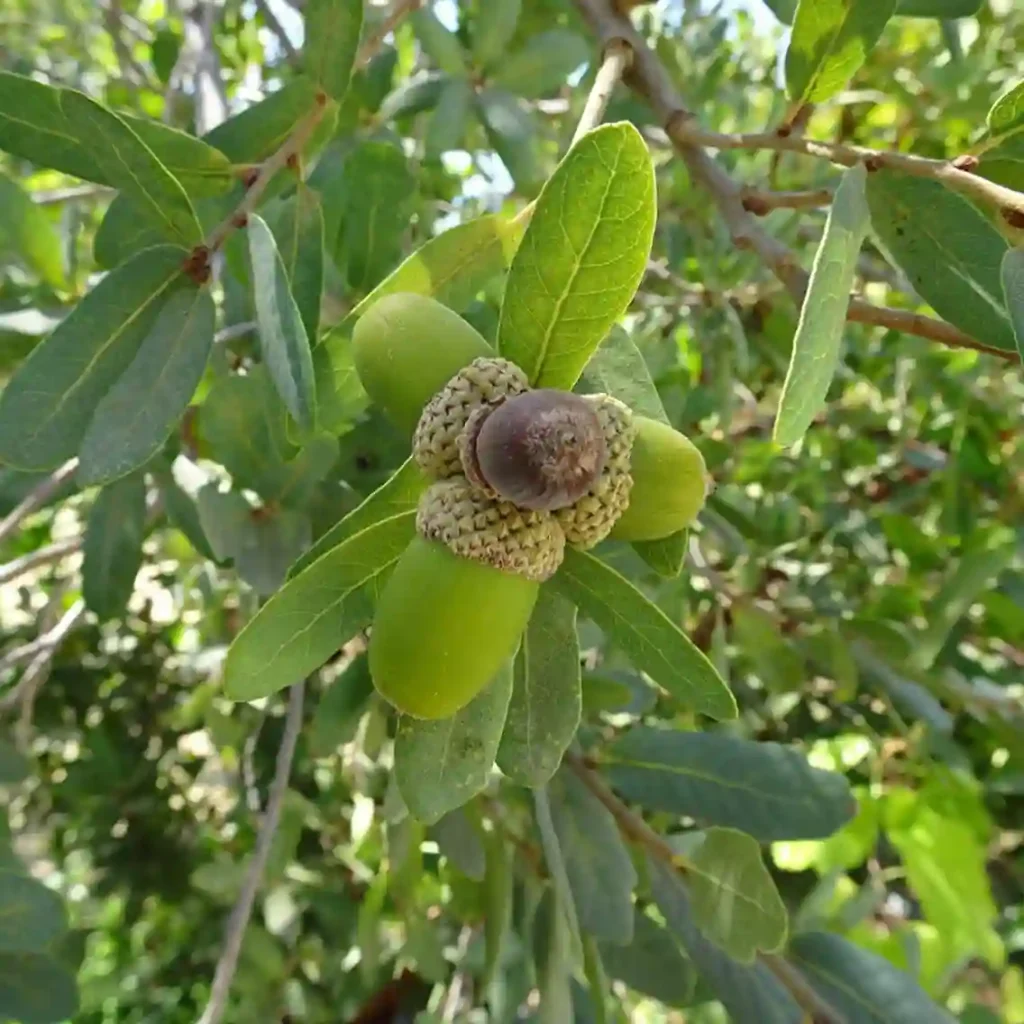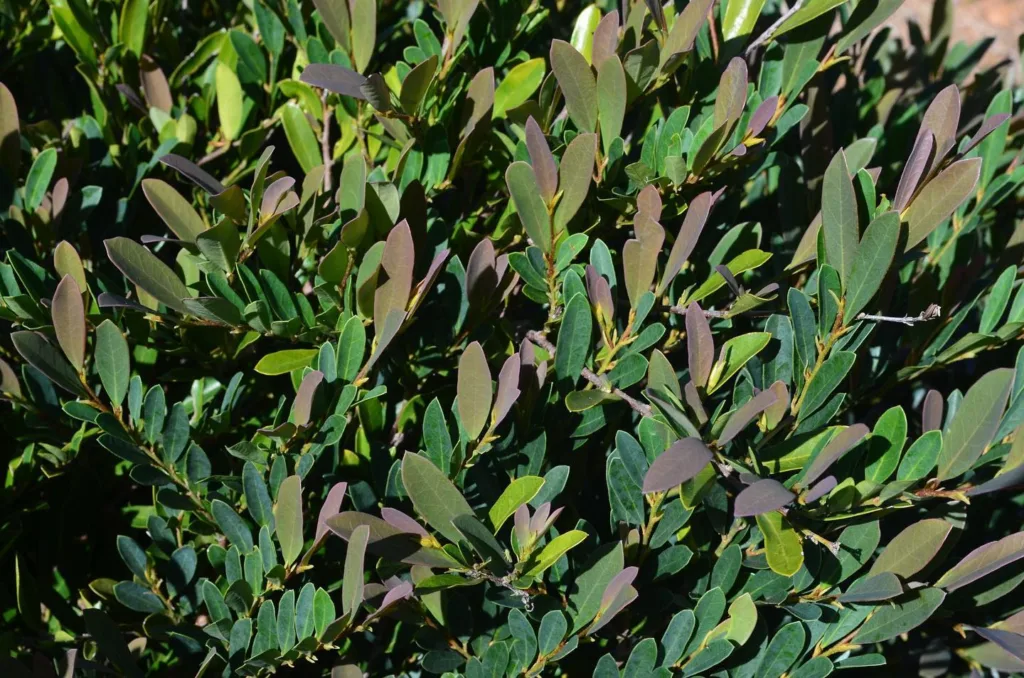
FAQs About Rainbow Eucalyptus
When I first encountered the Rainbow Eucalyptus, I was struck by its stunning, multicolored bark. This tree isn’t just a feast for the eyes; it also raises many questions. Here’s a rundown of some frequently asked questions about the Rainbow Eucalyptus.
803 Species in Genus Eucalyptus
Where Do Rainbow Eucalyptus Trees Grow?
Rainbow Eucalyptus trees, known scientifically as Eucalyptus Deglupta, thrive in tropical and subtropical climates. Native to the Philippines, Indonesia, and Papua New Guinea, these trees prefer warm temperatures and high humidity. In the United States, they can grow well in areas like Southern California, parts of Florida, and other tropical and subtropical regions.
Are Rainbow Eucalyptus Trees Real?
Yes, Rainbow Eucalyptus trees are very real! They are unique due to their vibrant, multicolored bark, which peels away in strips to reveal a green layer underneath. Over time, this green bark matures to shades of blue, purple, and orange, giving the tree its rainbow effect.
How Fast Do Rainbow Eucalyptus Trees Grow?
Rainbow Eucalyptus trees are known for their rapid growth. Under optimal conditions, they can grow up to 6 feet in a single year. Typically, these trees can reach heights of 30 to 50 feet within 10 to 15 years. However, growth rates can vary depending on soil quality, water availability, and climate conditions.
Why Is the Rainbow Eucalyptus Tree Colorful?
The colorful bark of the Rainbow Eucalyptus is due to the tree’s natural process of shedding old bark. As the outer layers peel away, the inner bark is exposed. The greenish bark turns various colors as it matures, including blue, purple, and orange. This natural process creates the stunning rainbow effect that makes the tree so eye-catching.
Are Rainbow Eucalyptus Trees Invasive?
Rainbow Eucalyptus trees can be considered invasive in some regions. They have the potential to outcompete native species due to their fast growth and large size. It’s important to check with local environmental guidelines before planting them in areas where they might disrupt local ecosystems.
Are Rainbow Eucalyptus Trees Poisonous?
Rainbow Eucalyptus trees are not considered poisonous to humans or pets. However, like many eucalyptus species, their leaves contain compounds that can be toxic if ingested in large amounts. It’s always a good idea to keep plants out of reach of pets and children to avoid any potential issues.
Can I Grow a Rainbow Eucalyptus Indoors?
Growing a Rainbow Eucalyptus indoors is challenging. These trees require a lot of space and prefer conditions that are hard to replicate indoors, such as high humidity and plenty of light. For those in temperate zones, it’s often better to grow them in a large outdoor space or container that can be moved outside during warmer months.
Can Rainbow Eucalyptus Grow in Florida?
Yes, Rainbow Eucalyptus trees can grow in Florida. They are well-suited to the state’s warm, humid climate. However, they may need protection from frost in northern parts of the state. Regular maintenance and appropriate planting sites are essential for their healthy growth.
Can Rainbow Eucalyptus Grow in Georgia?
In Georgia, Rainbow Eucalyptus trees can grow in the warmer parts of the state, especially in zones 8b and 9a. They will likely struggle in areas with colder winters, so consider providing protection or planting them in a more sheltered location to ensure they thrive.
Can Rainbow Eucalyptus Grow in Texas?
Rainbow Eucalyptus can grow in Texas, particularly in the eastern and southern parts of the state where the climate is more humid and mild. In regions with colder winters, additional care might be needed to protect the tree from frost.
Rainbow Eucalyptus vs Eucalyptus
When comparing Rainbow Eucalyptus to other Eucalyptus species, the primary difference is the bark. While most Eucalyptus trees have smooth or fibrous bark, Rainbow Eucalyptus stands out with its multicolored, peeling bark. Additionally, Rainbow Eucalyptus is more suited to tropical and subtropical climates, whereas other Eucalyptus species may be adapted to a wider range of climates.
How to Care for Rainbow Eucalyptus?
Caring for Rainbow Eucalyptus involves providing plenty of sunlight, regular watering, and well-draining soil. These trees are relatively low-maintenance but benefit from occasional pruning to maintain their shape and health. They also prefer a sunny spot with plenty of air circulation to prevent fungal issues.
How to Propagate Rainbow Eucalyptus?
Rainbow Eucalyptus can be propagated from seeds or cuttings. Seeds should be sown in a well-draining seed mix and kept moist until they germinate. For cuttings, select a healthy, semi-hardwood branch, dip it in rooting hormone, and plant it in a pot with a well-draining soil mix.
What to Plant with Rainbow Eucalyptus?
When planting Rainbow Eucalyptus, consider companion plants that thrive in similar conditions. Tropical plants like hibiscus, bougainvillea, and various ferns complement the vibrant bark of the Eucalyptus and enhance the overall aesthetic of the garden.
Is It Toxic?
As mentioned, Rainbow Eucalyptus is not highly toxic, but it’s wise to keep an eye on pets and children to ensure they don’t consume the leaves. The tree’s leaves contain oils that can cause irritation or digestive upset if ingested in large quantities.
Benefits
Rainbow Eucalyptus offers several benefits beyond its striking appearance. It can provide shade, act as a windbreak, and its aromatic leaves can be used in various applications. Additionally, it supports local ecosystems by providing habitat and food for wildlife.
Common Problems
Common issues with Rainbow Eucalyptus include pest infestations and fungal diseases. Regular inspection and maintenance can help prevent these problems. Ensuring proper watering and avoiding waterlogged soil can also help keep the tree healthy.
I hope this answers your questions about the Rainbow Eucalyptus. Its vibrant, multicolored bark and rapid growth make it a standout addition to any tropical or subtropical garden.
If i die, water my plants!



